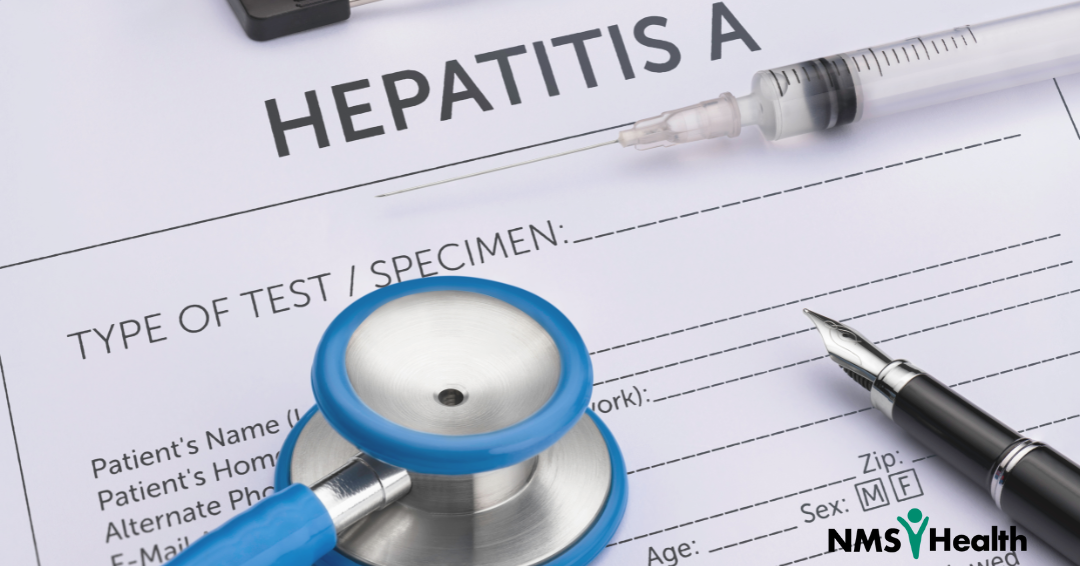In recent years cases of hepatitis A have increased drastically. After a long downward trend, rates increased slightly between 2012 and 2013, and then cases began rising steadily in 2016. According to the Centers for Disease Control and Prevention, since 2016, hepatitis A outbreaks have been reported in 37 states, involving approximately 44,650 cases, 27,250 hospitalizations, and 415 deaths as of September 23, 2022.
Prior to the vaccination being approved in 1995, hepatitis A occurred in large outbreaks nationwide, and happened at substantially higher rates in western states. Historically, children ages 2 to 18 had the highest rates of hepatitis A infection up until the mid-1990s. Cases of hepatitis A decreased significantly, declining 97%, from 1995 to 2015 after the introduction of the vaccine. In 1999, the CDC’s Advisory Committee on Immunization Practices (ACIP) recommended routine vaccination for children living in 17 states with higher-than-average hepatitis A rates. The ACIP expanded these recommendations in 2006 to include routine vaccination of children beginning at age 12 months in all 50 states. In 2020, the ACIP recommended vaccination of all children and adolescents ages 2 through 18 years who had not previously been vaccinated and routine vaccination of all people with HIV age 1 year or older.
What is hepatitis A?
Hepatitis A is a highly contagious liver infection caused by the hepatitis A virus (HAV). It is typically spread through contact with contaminated food and water, or with an infected person. Unlike Hepatitis B and C, hepatitis A does not cause chronic liver disease. In most cases, people who are infected recover completely with no permanent liver damage. In extremely rare cases, hepatitis A infection can lead to acute liver failure, however full recovery is to be expected if treated.
The incubation period for hepatitis A is usually two to four weeks post exposure. Adults and older children may begin exhibiting symptoms during this period, whereas children under the age of 6 may not show symptoms at all. While not everyone will exhibit symptoms they can include:
- Fever
- Malaise
- Loss of appetite
- Unexplained weight loss
- Abdominal pain
- Nausea
- Dark urine
- Jaundice
Who is hepatitis A affecting?
It appears that hepatitis A is affecting a different population than those in the past. Whereas children historically experienced a higher rate of infection, data from the CDC recently found that among cases with available information, 56% of persons reported drug use, 14% reported homelessness, 12% reported recent incarceration, and 3% reported recent international travel. This suggests that there has been a shift away from contaminated food related infection to more person-to-person transmission.
Of reported cases, 62% were male, 81% of cases were in white persons, 58% cases occurred in people aged 30 to 49 years old. Additionally, people who had previous or current hepatitis B or C cases accounted for between 5% and 30% of cases reported.
How to prevent hepatitis A?
The spread of hepatitis A can be reduced by:
- adequate supplies of safe drinking water
- proper disposal of waste and sewage
- personal hygiene practices such as regular hand washing
- following safety precautions when traveling
- appropriate vaccination
Improved sanitation, food safety and immunization are the most effective ways to prevent hepatitis A infection. The hepatitis vaccine is typically given in a two-shot series. The first shot is followed by a booster shot six months later. The hepatitis A vaccine can also be given in a combination vaccine that also includes hepatitis B. This combination vaccine is given as a three-shot series over six months.


